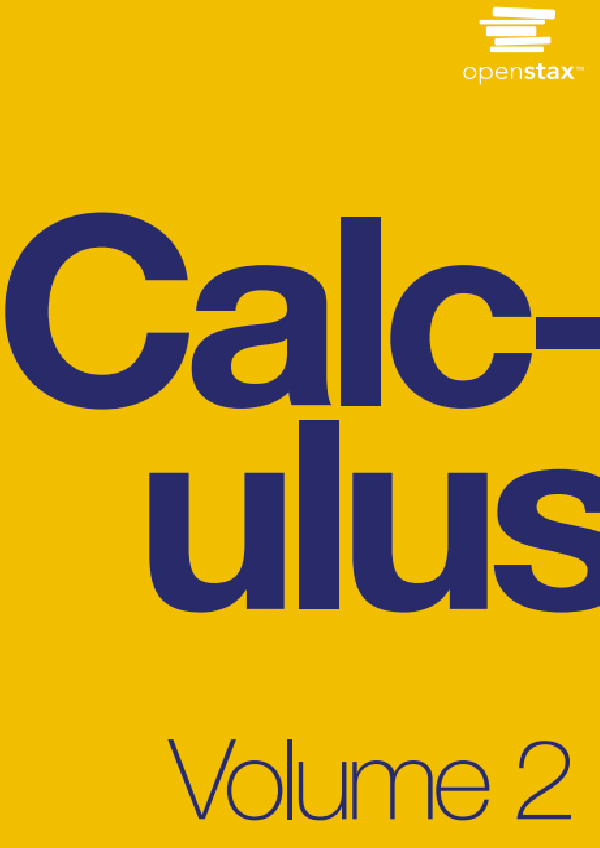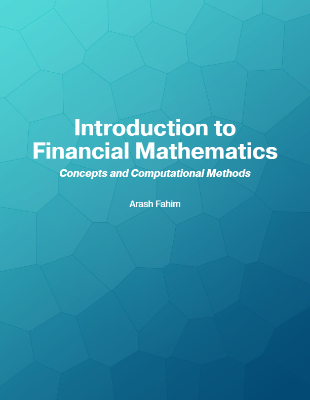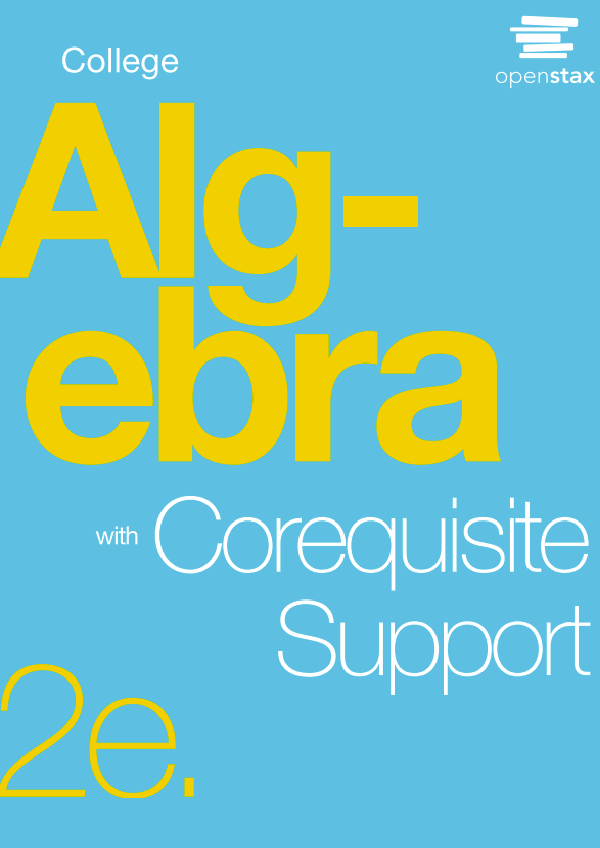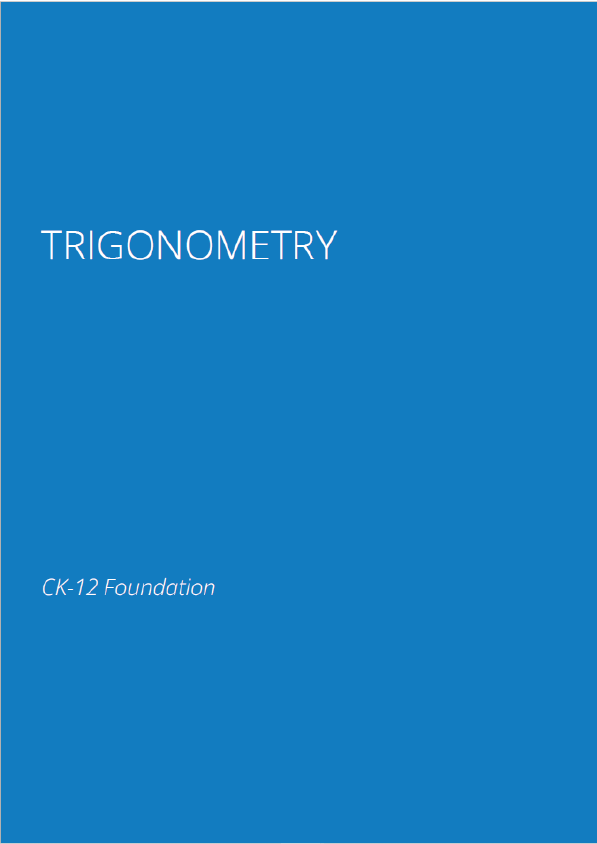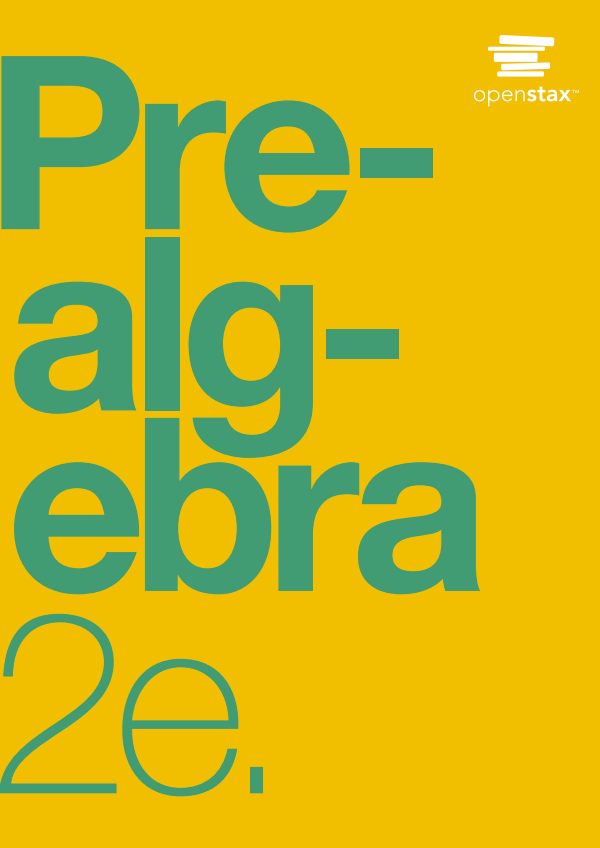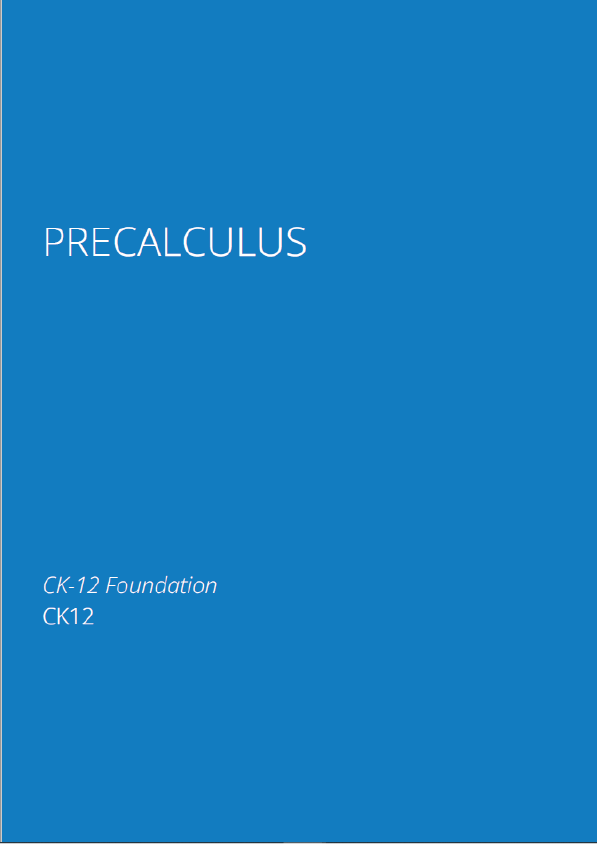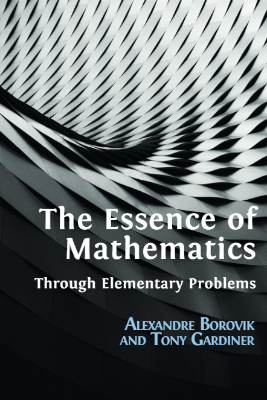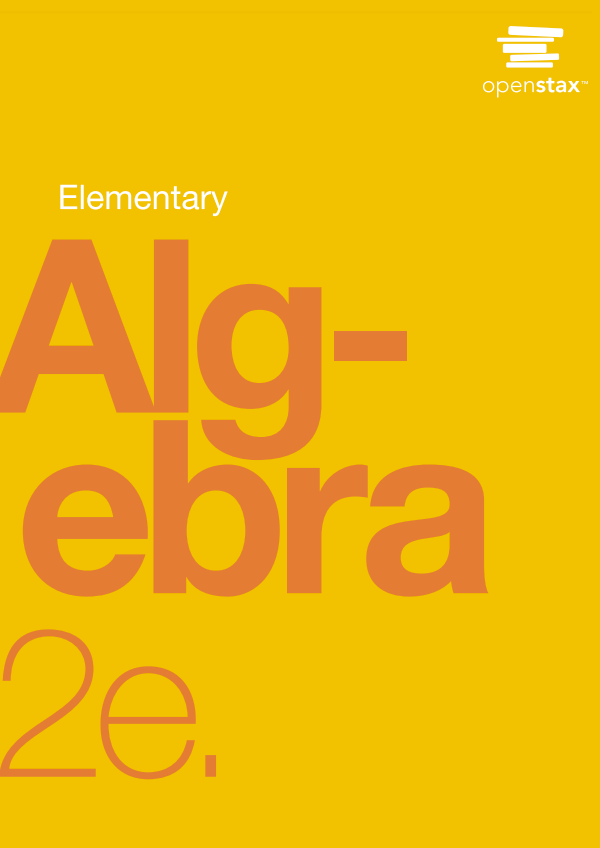Calculus is designed for the typical two- or three-semester general calculus course, incorporating innovative features to enhance student learning. The book guides students through the core concepts of calculus and helps them understand how those concepts apply to their lives and the world around them. Due to the comprehensive nature of the material, we are offering the book in three volumes for flexibility and efficiency. Volume 2 covers integration, differential equations, sequences and series, and parametric equations and polar coordinates.
Introduction
Iceboats are a common sight on the lakes of Wisconsin and Minnesota on winter weekends. Iceboats are similar to sailboats, but they are fitted with runners, or “skates,” and are designed to run over the ice, rather than on the water. Iceboats can move very quickly, and many ice-boating enthusiasts are drawn to the sport because of the speed. Top iceboat racers can attain speeds up to five times the wind speed. If we know how fast an iceboat is moving, we can use integration to determine how far it travels. We revisit this question later in the chapter.
Determining distance from velocity is just one of many applications of integration. In fact, integrals are used in a wide variety of mechanical and physical applications. In this chapter, we first introduce the theory behind integration and use integrals to calculate areas. From there, we develop the Fundamental Theorem of Calculus, which relates differentiation and integration. We then study some basic integration techniques and briefly examine some applications.
Approximating Areas
Archimedes was fascinated with calculating the areas of various shapes—in other words, the amount of space enclosed by the shape. He used a process that has come to be known as the method of exhaustion, which used smaller and smaller shapes, the areas of which could be calculated exactly, to fill an irregular region and thereby obtain closer and closer approximations to the total area. In this process, an area bounded by curves is filled with rectangles, triangles, and shapes with exact area formulas. These areas are then summed to approximate the area of the curved region.
In this section, we develop techniques to approximate the area between a curve, defined by a function f(x), and the x-axis on a closed interval [a, b]. Like Archimedes, we first approximate the area under the curve using shapes of known area (namely, rectangles). By using smaller and smaller rectangles, we get closer and closer approximations to the area. Taking a limit allows us to calculate the exact area under the curve.
Let’s start by introducing some notation to make the calculations easier. We then consider the case when f(x) is continuous and nonnegative. Later in the chapter, we relax some of these restrictions and develop techniques that apply in more general cases.
